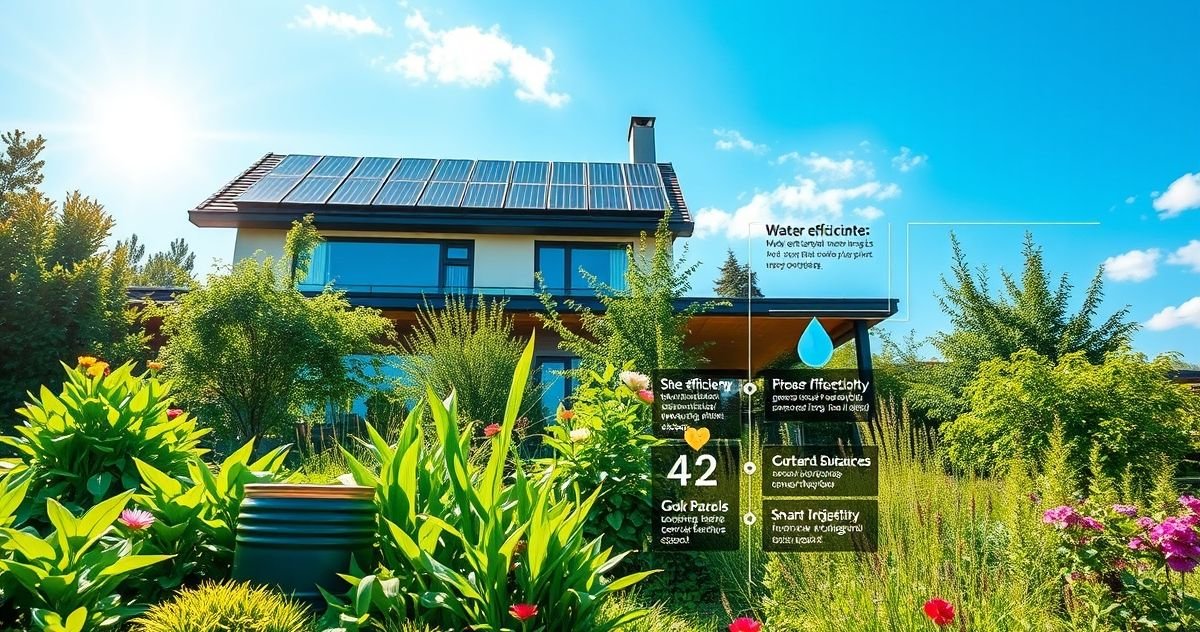What is the Water Efficiency Tax Credit?
The Water Efficiency Tax Credit is a federal or state tax incentive designed to encourage property owners and businesses to adopt water-saving technologies and practices. The primary purpose of this tax credit is to conserve water resources, promote sustainable practices, and lower environmental footprint by incentivizing investments in water-efficient appliances and systems. Examples include low-flow toilets, water-efficient showerheads, and irrigation control systems.
Primary Purpose
The primary purpose of the Water Efficiency Tax Credit is to reduce water consumption by encouraging individuals and businesses to make environmentally conscious choices in their properties. This tax credit not only helps lessen the burden on water supplies, particularly in drought-prone areas, but also aims to reduce utility expenses for consumers and businesses over time.
Key Features and Components
Unlike deductions, tax credits provide a direct reduction in tax liability, making them particularly attractive to taxpayers. Key features of the Water Efficiency Tax Credit may include:
- Eligibility Criteria: Typically includes homeowners and businesses that install approved water-saving technologies.
- Reimbursement Cap: Certain credits may have a limit on the amount a taxpayer can claim, which might be a percentage of the cost of equipment or installation.
- Approved Equipment List: The appliances or systems must meet efficiency standards established by the Environmental Protection Agency (EPA) or local governmental bodies.
- Time Frame: Taxpayers must install the equipment within a specified tax year for eligibility.
Relevant Filing or Compliance Requirements
Compliance with the Water Efficiency Tax Credit involves several important steps:
- Documentation: Keeping meticulous records of purchased equipment, receipts, and any third-party certifications confirming efficiency standards.
- Filing Forms: Taxpayers claiming the credit must file the respective IRS or state form. Certain credits might require specific forms like IRS Form 5695.
- Professional Advice: Consulting with tax professionals or accountants is advisable to ensure accurate filing and maximized credits.
Penalties or Consequences for Non-Compliance
Failure to comply with the filing requirements or misrepresentation of claims can lead to several consequences, including:
- Denial of Credit: Incorrect claims may result in the rejection of the credit, requiring repayment of any benefits received.
- Penalties: In some cases, taxpayers might face penalties or additional tax assessments if the IRS or local authorities audit returns and identify discrepancies.
- Future Limitations: Repeated non-compliance could affect taxpayer credibility and eligibility for future credits or incentives.
Importance in Tax Resolution and Financial Compliance
The Water Efficiency Tax Credit holds significant importance in the broader context of tax resolution and financial compliance:
- Environmental Impact: By incentivizing reduced water usage, the credit contributes to sustainability efforts and responsible resource management.
- Financial Savings: Beyond initial tax benefits, investments in water-efficient technologies can lead to substantial long-term savings on utility bills.
- Community Benefits: Encouraging widespread adoption of water-saving methods can help alleviate pressure on municipal water systems, especially in water-scarce regions.
In conclusion, the Water Efficiency Tax Credit is an essential tool for promoting sustainable water use practices. For taxpayers, understanding this credit allows for both financial savings and contributions towards broader environmental goals. Equipped with the right information, taxpayers can effectively utilize this credit, ensuring compliance and maximizing potential benefits.

 Chinese (Simplified)
Chinese (Simplified) English
English Spanish
Spanish